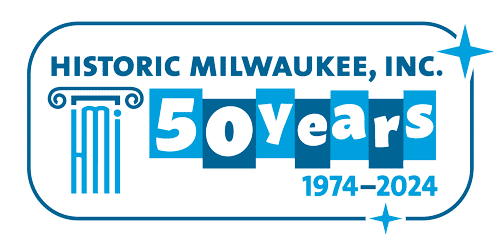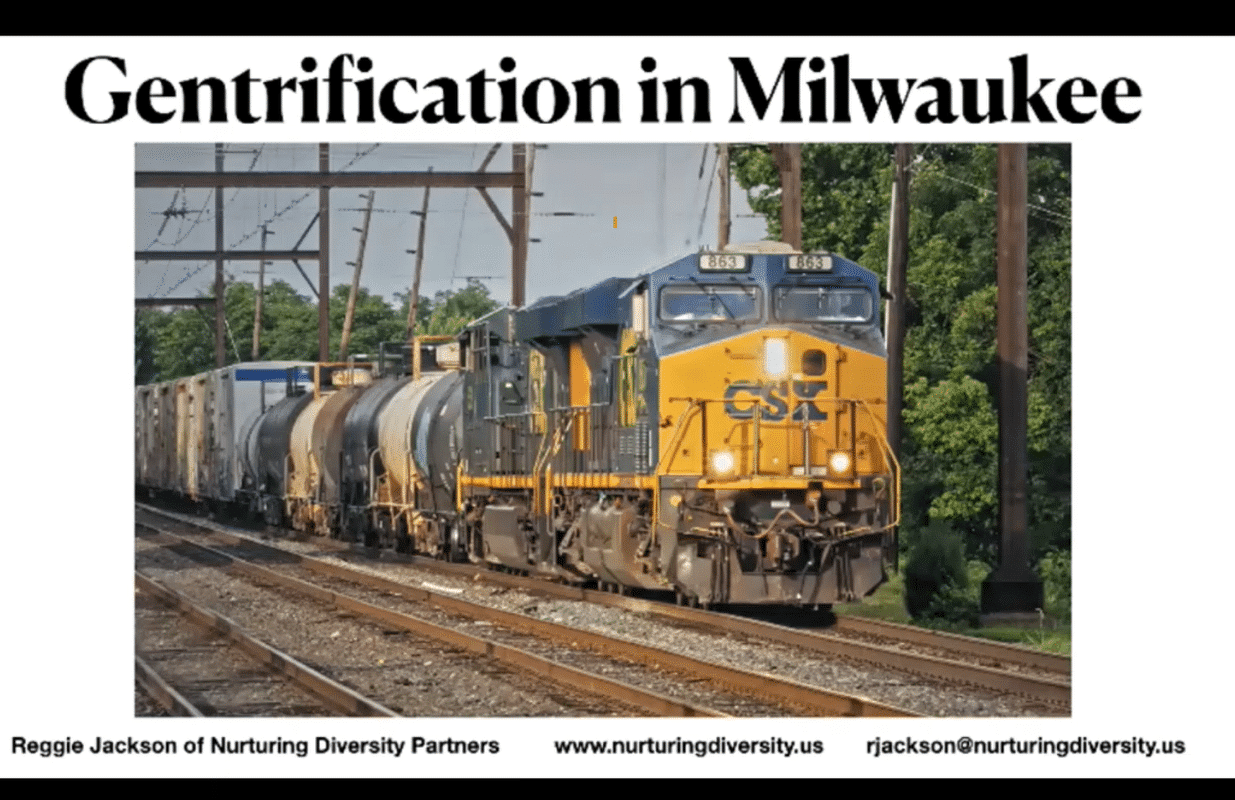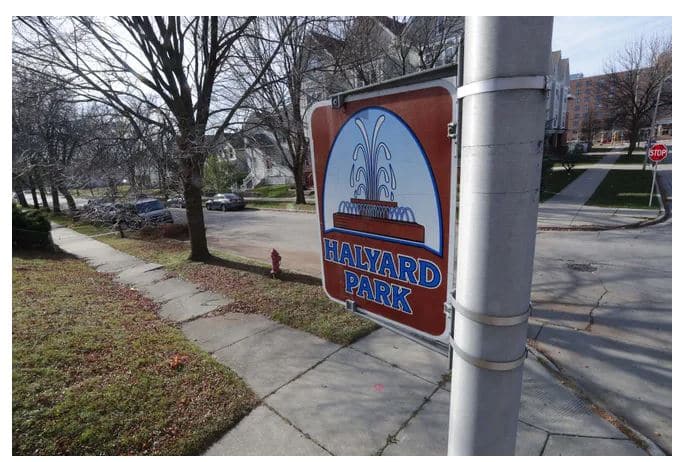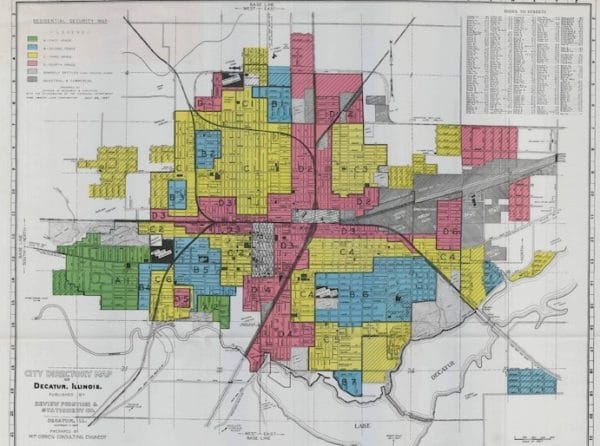Milwaukee has long been known as a gathering place. The confluence of three rivers emptying into Lake Michigan are seen today as a benefit for residents to enjoy. But in reality, they have long nourished and been nourished by generation upon generation of Indigenous people.
Historic Milwaukee, Inc. would like to respectfully acknowledge the Bad River Band of Lake Superior Chippewa, Forest County Potawatomi, the Ho-Chunk Nation, the Lac Courte Oreilles Band of Lake Superior Chippewa, Lac du Flambeau Band of the Lake Superior Chippewa, the Menominee Tribe of Wisconsin, Oneida Tribe of Indians of Wisconsin, Red Cliff Band of Lake Superior Chippewa, St. Croix Chippewa, Sokaogon Chippewa and Stockbridge-Munsee Band of Mohican Indians and others who are the past, present and future stewards of this land. We pay respect to their elders, past and present.
As you explore Milwaukee, we ask you to also learn more about the legacies of violence, displacement, dispossession, migration and trauma that have created the landscape we see today. Uncovering these truths and committing them to our collective memory is but the first step to fully understanding the past.
We also acknowledge the harmful effects of gentrification, namely the displacement of long time residents and small businesses and loss of community. We encourage visitors to inform themselves about this trend and continue to support our communities without contributing to displacement.
One goal of Doors Open is to create a more informed and compassionate citizenry. We hope that by visiting sites and taking tours in Milwaukee’s majority Black and Latinx neighborhoods, visitors will leave informed and help advocate for the preservation of the characteristics that make these neighborhoods so special.
We hope our program will not only raise awareness and appreciation of Milwaukee’s architecture and built environment, but also help protect the diversity of income, culture, race, and ethnicity that make neighborhoods livable for everyone.
Historic Milwaukee hosted a talk about gentrification with Zeilder Group and Reggie Jackson, Co-Founder of Nurturing Diversity Partners in spring 2021, you can view the program here.
We invite you to explore the resources below and encourage you to begin a deep exploration of the full history of Milwaukee.

Native History in Milwaukee
These Encyclopedia of Milwaukee entries are an overview of the history of Indigenous peoples in Milwaukee. The For Further Reading sections are ripe with longer, well-researched texts about Wisconsin and the Midwest.
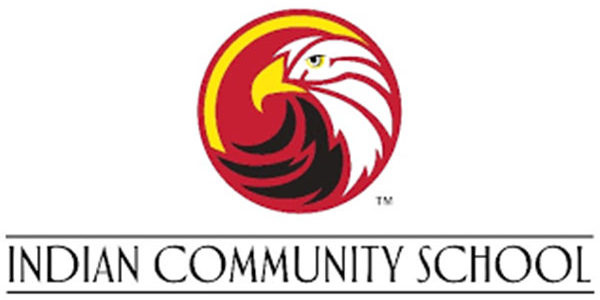
Milwaukee's Indian Community School
In 1970, three Oneida women decided to create an alternative education for the Native youth in Milwaukee. The mission of the Indian Community School is to cultivate an enduring cultural identity and critical thinking by weaving indigenous teachings with a distinguished learning environment.

American Indian Movement
In 1971, protestors in Milwaukee took over an abandoned Coast Guard station. They successfully kept the land and it was the first site of the Indian Community School. The AIM chapter in Milwaukee had enormous impact as a grassroots organization that helped to unify urban Indians and build communities for them despite the trauma of federal policies and dislocation.
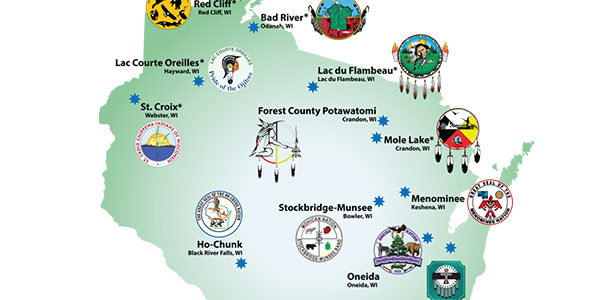
Wisconsin Resources
The WI Dept of Public Instruction links to all of the state's Nations and Organizations. Entities support economic development, education, health, natural resources and more. UW-M also lists National and Tribal Policy organizations.
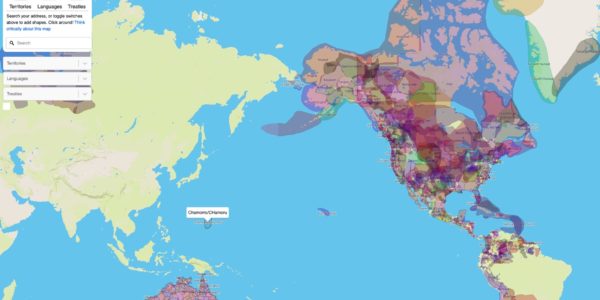
Native Land Digital
This Indigenous-led, Canadian not-for-profit hosts an online, interactive map to create awareness of and start conversations about the legacy of colonialism and the Indigenous presence in everyday life. This is a great resource to learn whose land you live on today.

#HonorNativeLand
The US Dept of Arts & Culture encourages all individuals and organizations to open events and gatherings with acknowledgment of traditional Native inhabitants. Download their guide and learn more about the impact this simple step can have.
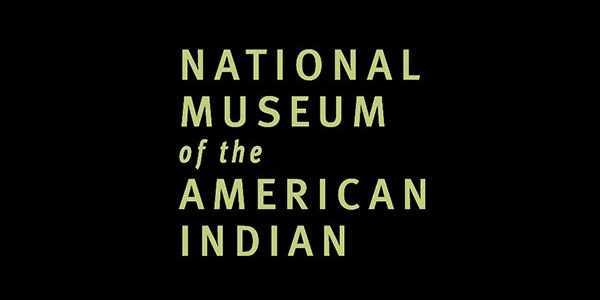
Native Knowledge 360
A 2015 study found 87% of content taught about Native Americans only included information pre-1900. the Smithsonian's National Museum of the American Indian created an education program to correct this.

#MMIWG2S
The US Dept. of Justice found that Native women face murder rates at more than 10x the national average. Organizations like the Coalition to Stop Violence Against Native Women, started by three women in 1996, work to end domestic violence, sexual assult, dating violence, stalking, sex trafficking and more.
